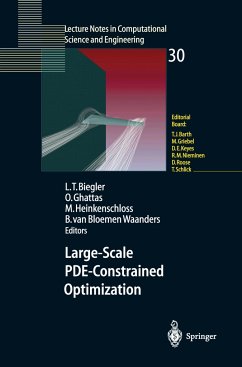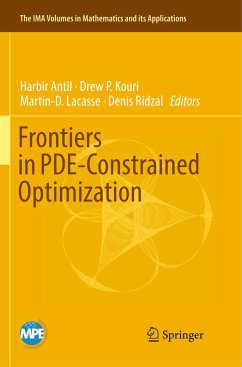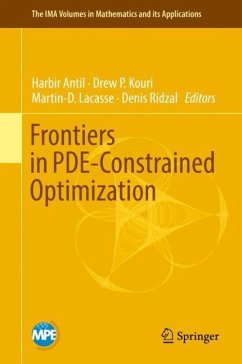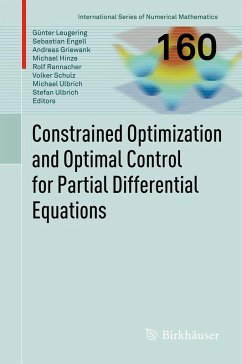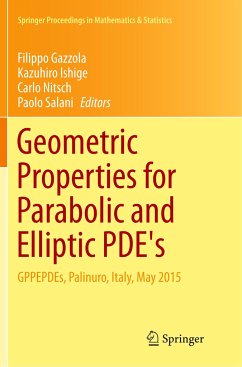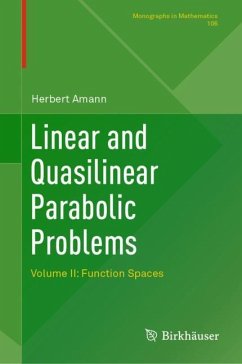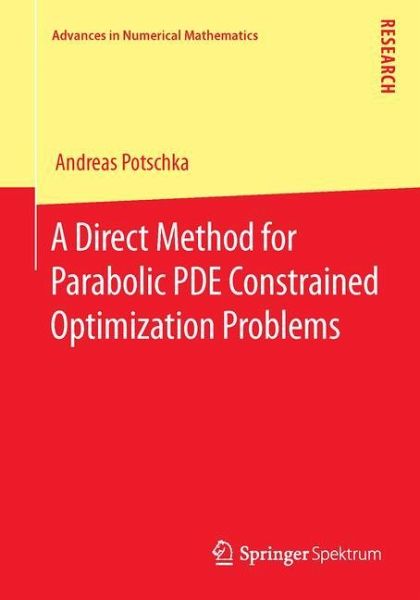
A Direct Method for Parabolic PDE Constrained Optimization Problems

PAYBACK Punkte
19 °P sammeln!
Andreas Potschka discusses a direct multiple shooting method for dynamic optimization problems constrained by nonlinear, possibly time-periodic, parabolic partial differential equations. In contrast to indirect methods, this approach automatically computes adjoint derivatives without requiring the user to formulate adjoint equations, which can be time-consuming and error-prone. The author describes and analyzes in detail a globalized inexact Sequential Quadratic Programming method that exploits the mathematical structures of this approach and problem class for fast numerical performance. The b...
Andreas Potschka discusses a direct multiple shooting method for dynamic optimization problems constrained by nonlinear, possibly time-periodic, parabolic partial differential equations. In contrast to indirect methods, this approach automatically computes adjoint derivatives without requiring the user to formulate adjoint equations, which can be time-consuming and error-prone. The author describes and analyzes in detail a globalized inexact Sequential Quadratic Programming method that exploits the mathematical structures of this approach and problem class for fast numerical performance. The book features applications, including results for a real-world chemical engineering separation problem.





